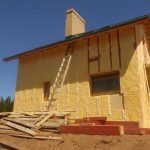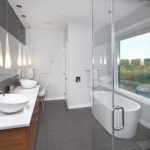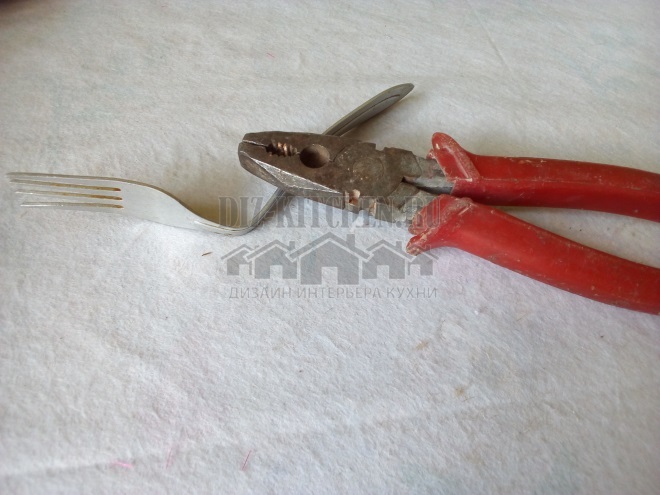People are starting a re-equipment of the apartment in order to make them more convenient for themselves. The most popular option for such a conversion is the transfer and redevelopment of wet areas, in particular, kitchens.
There are some prohibitions and restrictions at the legislative level, which we will discuss below.
Among the most important redevelopments of this nature, one can distinguish the transfer of the bathroom and the transfer of the kitchen. In this article, we will talk about the last option.



When it comes to replanning wet areas, there are several legitimate activities, as well as important points, which you need to know and which should be guided in order to avoid violation of the current legislation.
It must be understood that the law does not allow the expansion or transfer of wet areas to living space. In the event that you do this, you place your wet zone in the space above the living rooms of the neighbors located below, which is strictly prohibited.


However, there are some exceptions. In the event that your studio apartment is located above non-residential premises (office, basement), you can easily expand or relocate the kitchen or bathroom.
A situation is possible when your layout does not coincide with that in the lower apartment. In the event that there is a corridor or utility room under the place for the new wet zone, movement is possible and permitted by law.
It must be remembered that the ban applies only to the location of the wet zone above residential type premises. If the premises are non-residential, the law is not violated, and you can make such a redevelopment.




If we are talking about moving the kitchen, you should remember about such an opportunity as the equipment of a kitchen niche. You can completely move your kitchen to a non-residential premises. In the event that you do so. the former kitchen room receives non-residential status, which means that you can convert it and rebuild it the way you want it.
With this transfer of the kitchen, the corridor is most often chosen as a new place. In this case, the “wet zone” is transferred and combined with the nearest room. having the status of residential premises. This redevelopment becomes possible if the apartment has more than one living room, because as soon as the room is combined with a wet area. it will cease to be considered residential.
-
 How much concrete will be obtained from one bag of cement
How much concrete will be obtained from one bag of cement
-
 When sandwich panels cannot be used in construction
When sandwich panels cannot be used in construction
-
 What mistakes during mixing will make concrete unstable?
What mistakes during mixing will make concrete unstable?
-
 What kind of insulation do you spend money on?
What kind of insulation do you spend money on?
-
 Common mistakes in using gas appliances
Common mistakes in using gas appliances
-
 Top reasons to abandon steel pipes in favor of plastic
Top reasons to abandon steel pipes in favor of plastic
-
 Gray color in the interior of the bathroom
Gray color in the interior of the bathroom
-
 What difficulties arise when installing a toilet installation
What difficulties arise when installing a toilet installation
-
 Top 5 most useful indoor plants
Top 5 most useful indoor plants
-
 Original Solution - Metallic Ceilings
Original Solution - Metallic Ceilings
-
 Eaves for curtains: types, features of use
Eaves for curtains: types, features of use
-
 The main problems of embedded technology
The main problems of embedded technology
New publications are published daily on our channel in Yandex. Zen
Go to Yandex. Zen


